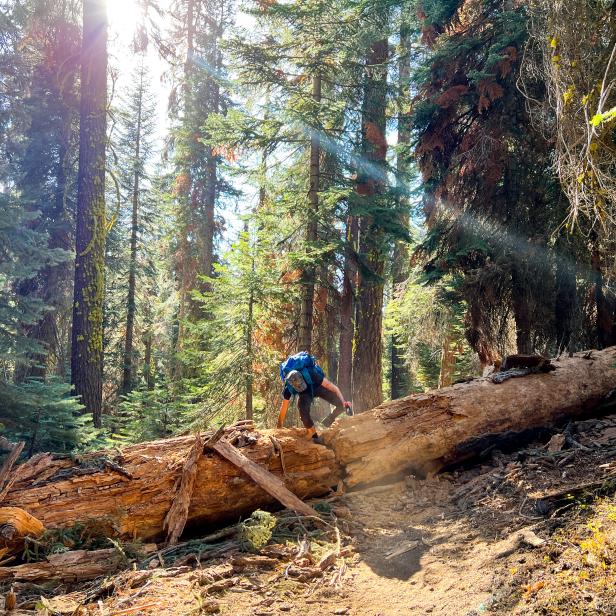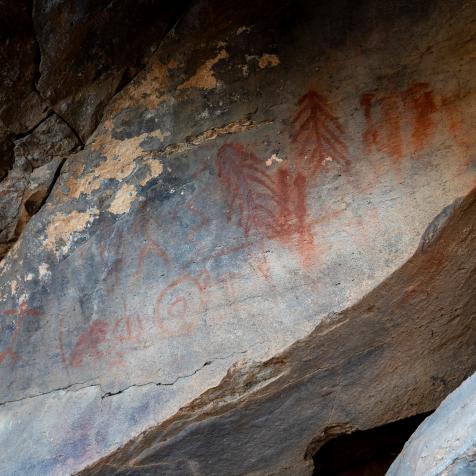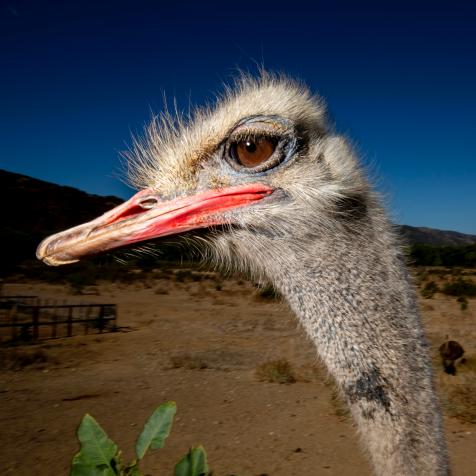
Ian Shive
Photographing Sequoia National Park with a Smartphone

As a photographer, I love giving myself technical limitations.
For example, sometimes I’ll “assign myself” to only use one kind of lens all day. Perhaps a 50mm, perhaps a zoom, like the 70-200mm. I find that this challenges me to think more about what I’m shooting, versus spending time changing lenses for every single shot. Often I find I am more productive and like my results better.

So I decided to limit myself again, and this is something I have wanted to do for a while but never intentionally did it. I decided to ditch my professional Canon DSLR camera (I use the 5D Mark IV) and a bag of heavy lenses, for nothing but my smartphone. There were a couple of things I immediately knew would benefit me. First, the phone weighs nothing, fits in the front pocket of my hiking pants, and will allow me to move quickly up a mountain trail. Secondly, everything I need is right there. No lens changes in the field, and no decisions to make. As the saying goes, the best camera you have is the one you have with you!
The test went well, and I truly felt liberated. There were some definite pros and cons though, and I broke them down into a list:
Giant Sequoia Trees Through a Tiny Lens 13 Photos
On the latest episode of Nature in Focus, Ian Shive visits the world’s largest trees in Sequoia National Park. This time he leaves the professional gear at home. See photos of the ancient giants taken from Ian's smart phone.
PROS:
- I moved faster and lighter, giving me access to more places to go in a shorter period of time.
- High-quality images across the board, even in low light.
- A large screen to review images immediately in the field.
- Lots of great options for shooting in RAW mode, allowing for more possibilities to adjust the image back in the home studio.
- Ability to shoot underwater on the fly without specialized gear.
- I shoot more images. Somehow the smaller camera that’s always accessible made me shoot more images than I have in a long time. My photo gallery is just my selects, but the whole shoot, which only lasted about three hours or so, resulted in hundreds of images. Shooting more is important because that’s what you should be doing in the field, shooting - not editing! Though it’s fun to take a peek as you go ;)
CONS
- Loss of quality. Overall resolution and quality of the images are not as strong. Most likely because the sensor is so much smaller.
- The color depth is also very limited. Even in RAW mode, there isn’t that much more information to pull out in the home studio.
- Lack of control with the basic app. Things like depth of field are chosen for you, and often based on how much light is available.
- Glare, lots and lots of glare on those little flat lenses on the phone.
- Telephoto / zooming results in a major loss of quality, very quickly. Not great for those wildlife moments!
The ultimate question, though, is does any of this matter? 99% of people look at my images on their phones on social media, and most of the “CONS” I point out aren’t noticeable at all, even to the most trained eye. So am I ready to ditch my professional camera? No, not yet. But I could see a day where that might become a reality.



















